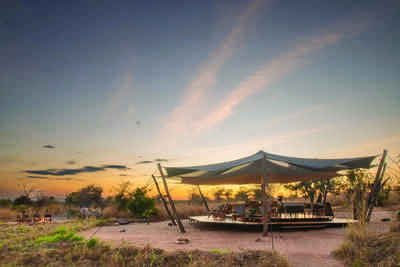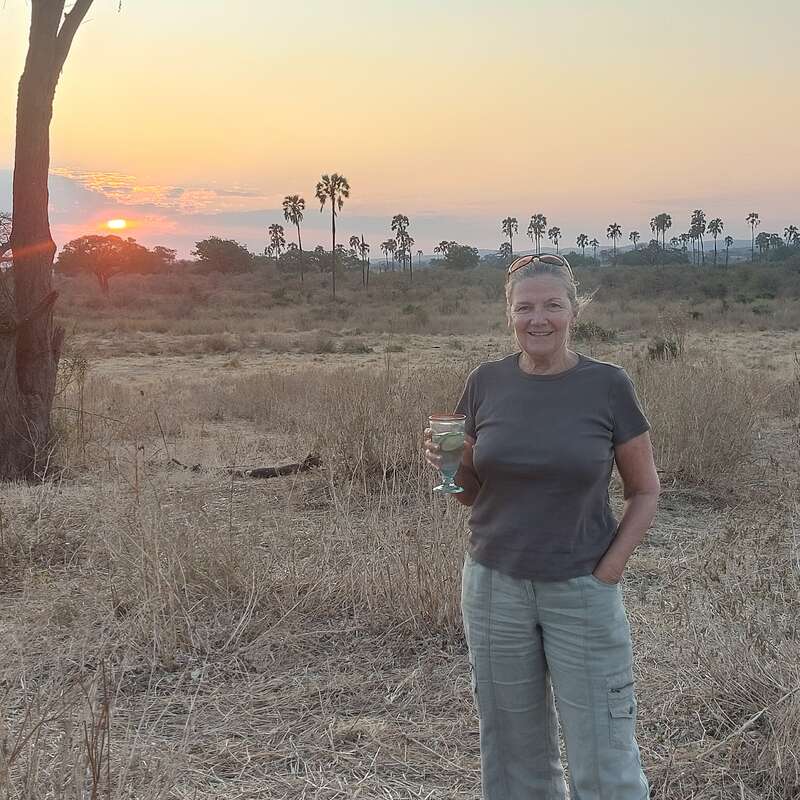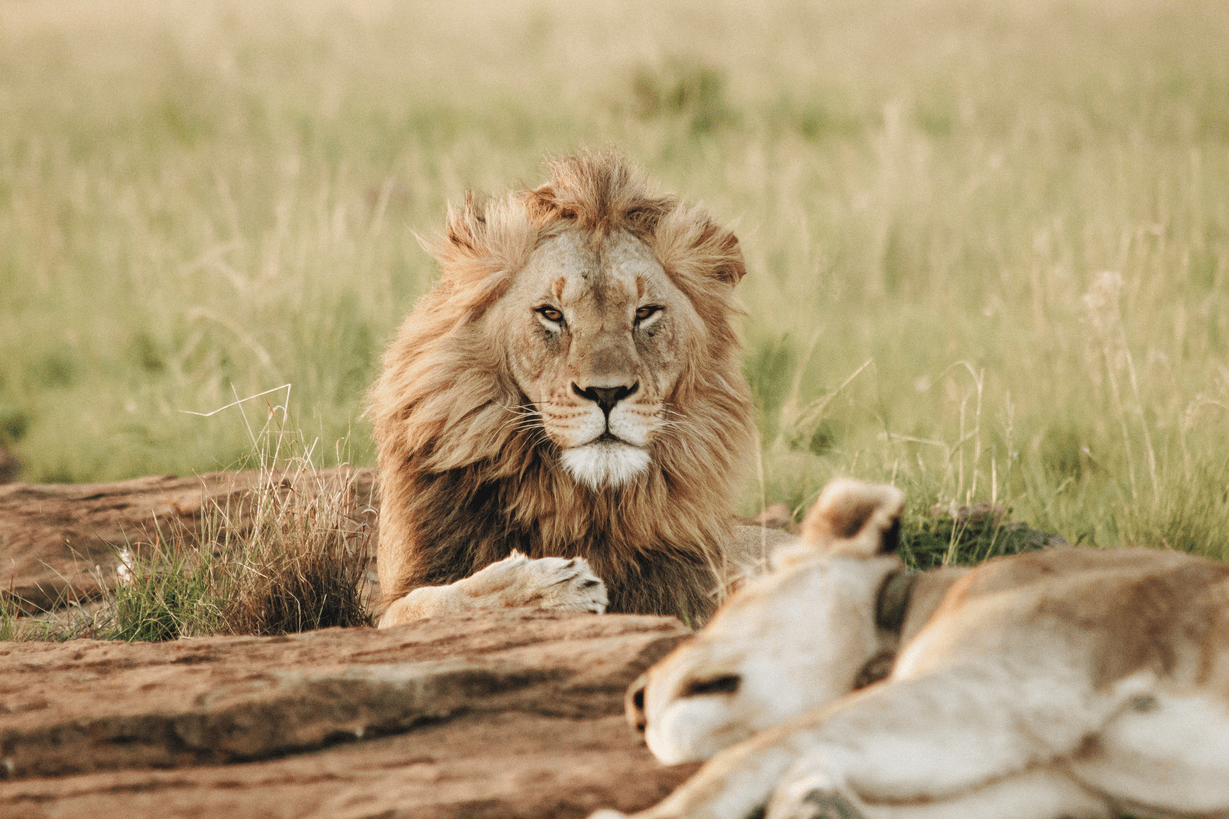About Usangu Expedition Camp
Usangu Expedition Camp is an authentic, seasonal camp, situated in the Usangu Wetlands in a beautiful and ...
... extremely remote location in Ruaha National Park. With expert private guiding, a wide range of safari activities, and a strong emphasis on conservation, Usangu offers a rich and immersive safari experience that will leave you with a deeper appreciation of Ruaha's wildlife and those working to protect it.
Usangu Expedition Camp is an exciting prospect, offering a real wilderness experience and the chance to explore undiscovered areas of Ruaha. We love the strong ties to conservation and opportunities to take part in active research, and it is clear that Usangu is more than your average safari camp.
Our view
Usangu Expedition Camp is an exciting prospect, offering a real wilderness experience and the chance to explore undiscovered areas of Ruaha. We love the strong ties to conservation and opportunities to take part in active research, and it is clear that Usangu is more than your average safari camp.
Accommodation
6 safari tents
Children
Best for 12+
Open
June to January
Activities

Private activities
Traveller reviews of Usangu Expedition Camp
3 real, un-edited reviews from Expert Africa's travellers.
Arrived 20 Sep 2024, 4 nights
"Usangu Expedition Camp review"
Overall rating: Excellent
Arrived 11 Jan 2024, 3 nights
"Undisturbed private wilderness experience"
Overall rating: Excellent
Arrived 26 Oct 2023, 5 nights
"Go Now whilst it is still wild"
Overall rating: Excellent
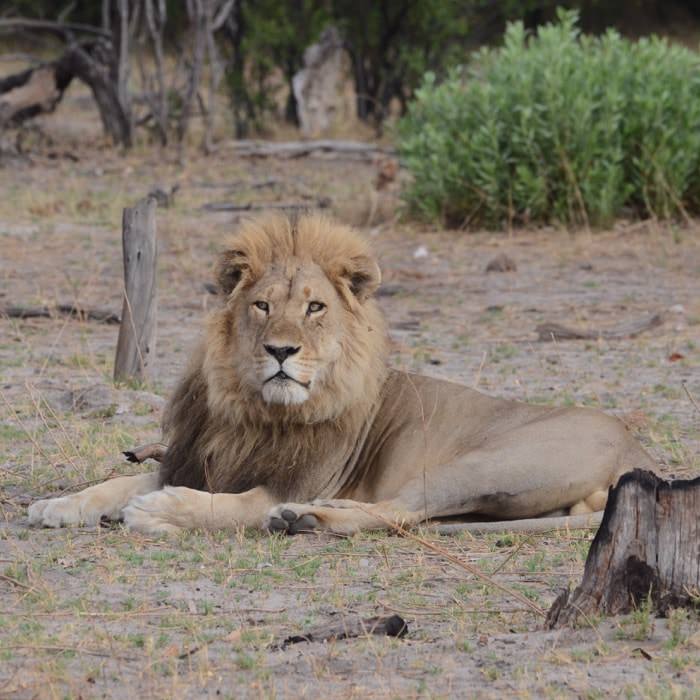
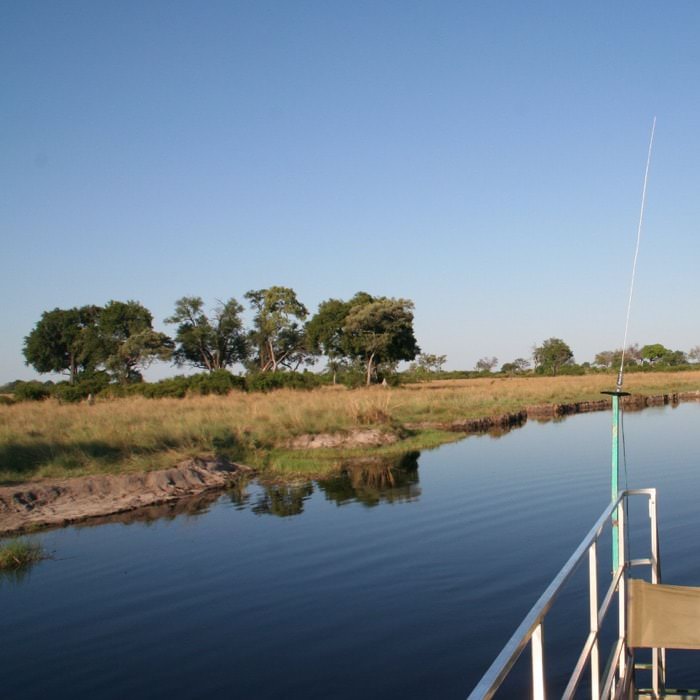
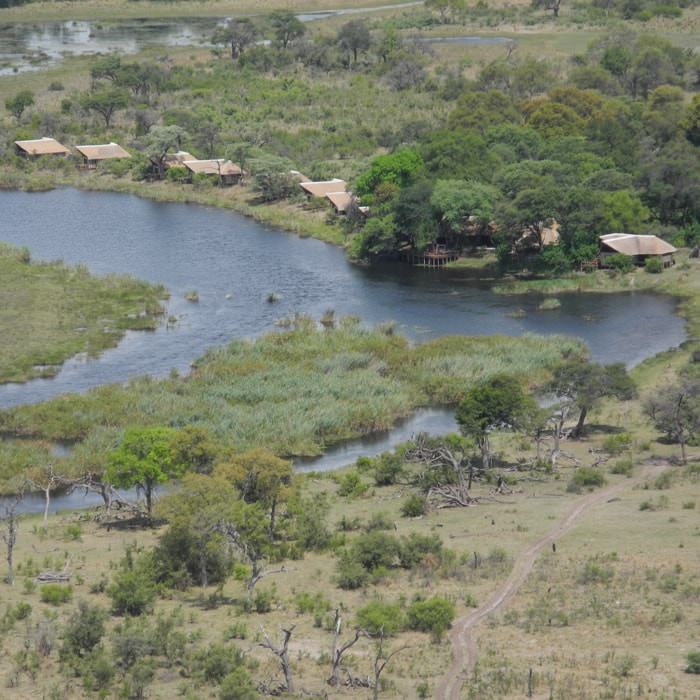
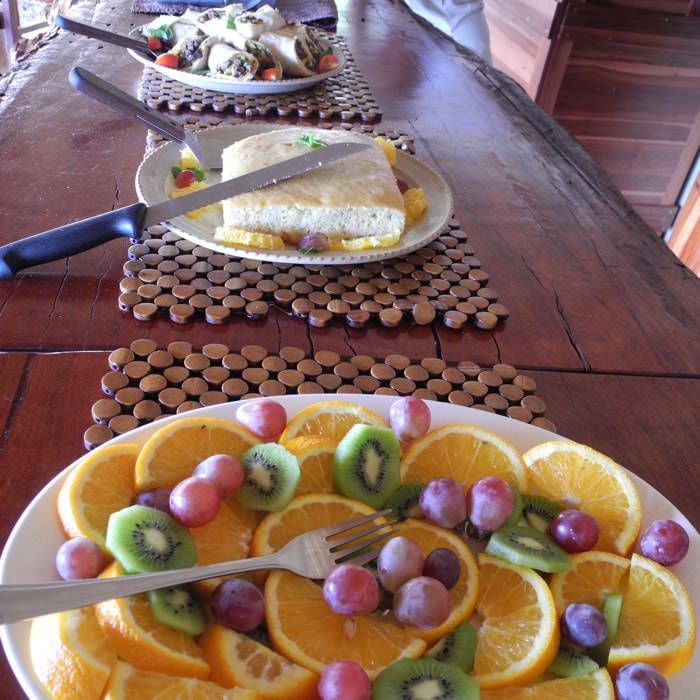
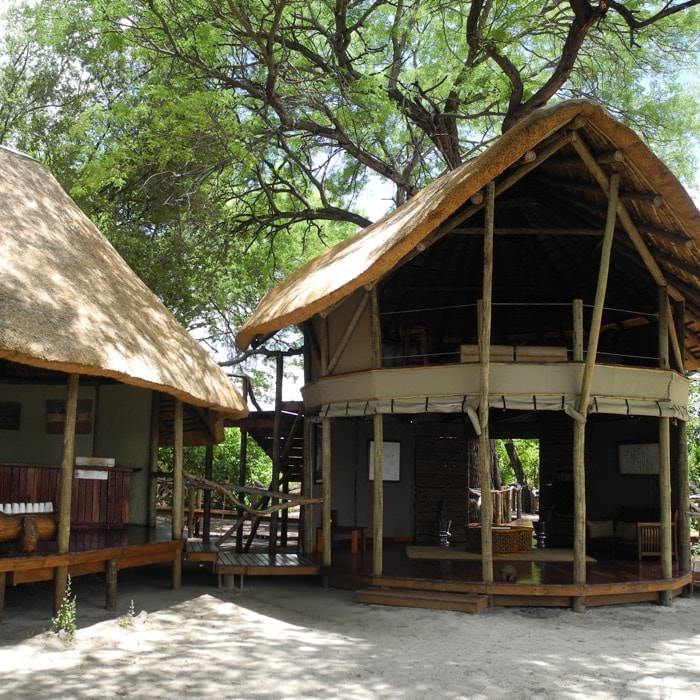
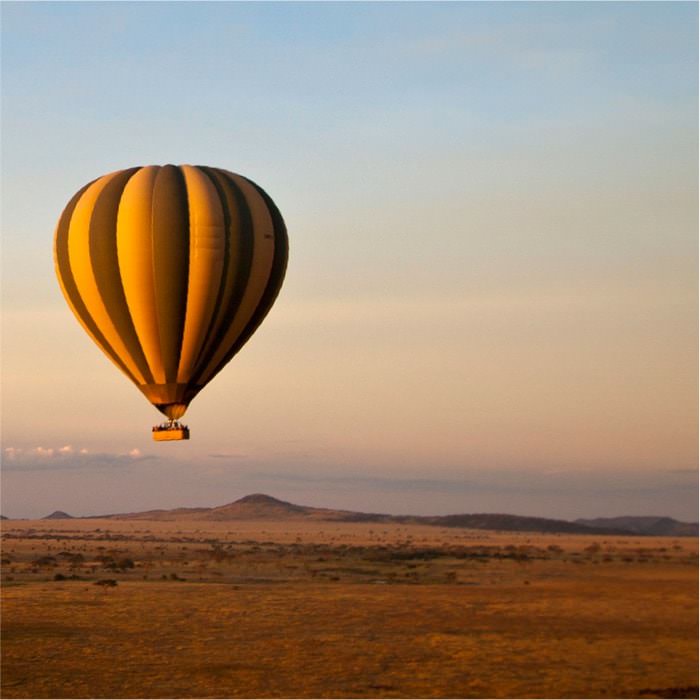
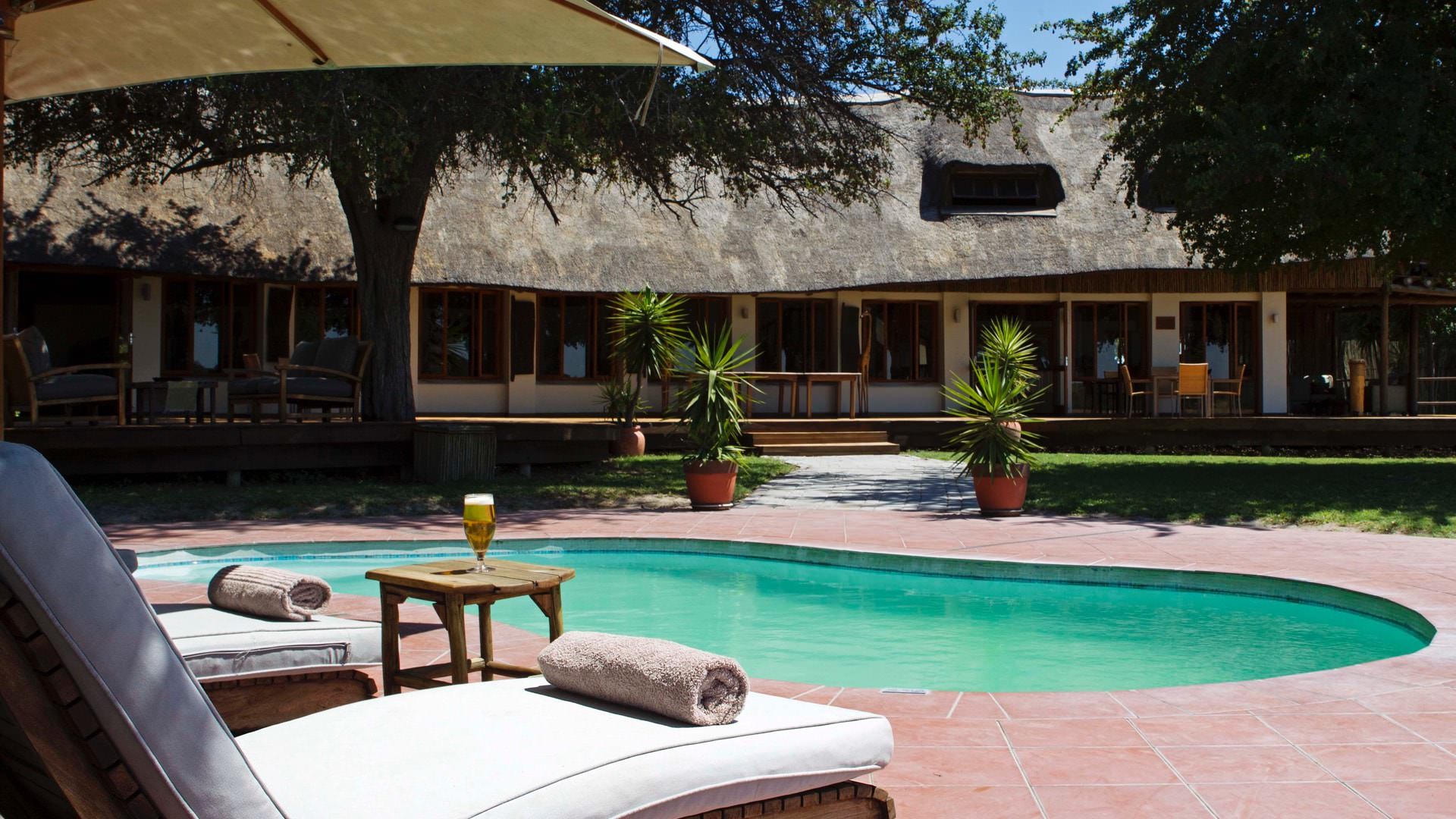
Expert Africa's gallery
When we travel we take lots of photos ourselves to give you a real and un-edited view of the safaris. See our 7 pictures of Usangu Expedition Camp to get the candid view.
View galleryUsangu Expedition Camp: Our full report
Usangu Expedition Camp is an authentic, seasonal camp, situated in the Usangu Wetlands in a beautiful and ...
... extremely remote location in Ruaha National Park. With expert private guiding, a wide range of safari activities, and a strong emphasis on conservation, Usangu offers a rich and immersive safari experience that will leave you with a deeper appreciation of Ruaha's wildlife and those working to protect it.
Usangu Expedition Camp is located next to the Ihefu Swamps, part of the larger Usangu Wetlands. The ecological importance of this wetlands region cannot be overstated, with the myriad of waterways feeding into the rivers of Ruaha, as well as the great Rufiji River which dominates Nyerere National Park (formerly the Selous Game Reserve), providing a vital lifeline for all wildlife in these areas. Despite this, the Usangu Wetlands itself remains largely untouched by tourism and Usangu remains the only camp in a 7000km2 area of pristine wilderness .
With only six safari tents Usangu has a small, intimate feel. Each tent is fairly simple in design, octagonal in shape, and split into two sections by a stylish screen. To the front are either a double or twin beds, with a pair of comfy chairs, while to the back is a bathroom with twin basins, shower and a wardrobe. The front half of the tent is constructed from mesh fabric, meaning that you can lie in bed and enjoy the views over the wetlands while keeping an eye out for any wildlife that wonders past. Each tent has a shaded wooden veranda with a pair of chairs and table, which is a great spot to relax in the afternoons or enjoy your evening sundowner drink. A unique feature of Usangu Expedition Camp is the Star Cubes. These simple net tents are located in a private setting but with easy access to your main tent should you need it. They offer a magical sleep-out experience, allowing you to watch the stars by night and wake up to sunrise over the African bush.
What really sets Usangu Camp apart, however, is the huge range of activities. All guests are allocated a private vehicle and guide for the duration of their stay, allowing you a high degree of flexibility as to how you plan your safari. In addition to game drives and night drives, you can also go canoeing and do boating safaris on the lakes and waterways of the Usangu Wetlands, spotting hippos and crocodiles. Please note that boating activities here are very seasonal, and are not available all year.
Walking safaris are also possible here, either as shorter, half-day walks, or with advance notice, longer multi-day walks, exploring untouched areas of Ruaha and spending the night in star cubes at Usangu Trails Camp.
The camp only opens between June and November, coinciding with the long dry season in Ruaha. While the wildlife here is not as prolific as Ruaha's northern regions, the opportunities for sightings can still be very good, particularly as the season progresses and wildlife starts to congregate around the swamps. Lions and cheetahs can be found here, as well as large herds of elephants and buffalos, and with bit of luck it may be possible to spot wild dogs loping across the short grass plains. On our last stay we saw huge herds of reedbcuk, and excellent sightings of sable, roan, kudu and eland.
Usangu has a strong emphasis on conservation and the camp has close ties with the Douglas Bell Eco Research Station which is located on-site. Guests are encouraged to visit and engage with the resident researchers. You will be given a tour of the research station and learn about the ongoing research and conservation efforts. Monitoring predator populations plays a key role in ongoing research and there is the opportunity to take active part. For example, you can set up camera traps, later returning to analyse the images, identify individuals and log results. Or you will also be offered a personal camera trap which you can place around the camp or outside your tent to see what passes by. We set up a number of different camp traps as part of a game drive, and were thrilled to catch images of both aardvark and aardwolf in less then 24 hours.
For guests with a particularly strong interest in conservation and academic research, more bespoke trips can be arranged. You may be able to assist the team with a morning of radio tracking, using telemetry to track and locate collared individuals in the area. Or with some pre-planning it may be possible to join researchers in the field on a radio collar expeditions. These only take place occasionally, but often with the use of a helicopter, to locate and collar key species. Customised trips can be planned to tie in with these known dates, giving you a first-hand experience of conservation in action. Please talk to your Expert Africa specialist for further details.
Activities
Private activities
Families & children
- Attitude towards children
- Children aged 12 and over are welcomed at Usangu, although we expect this camp to have more of an adult atmosphere.
- Property’s age restrictions
- Usangu accepts children aged 12 and above.
- Notes
- Usangu Expedition Camp could be a good option for adventurous older children, or larger family groups looking to book Usangu on an exclusive use basis.
Food & drink
- Usual board basis
- Full Board & Activities
- Food quality
- We thought the food at Usangu was really excellent.
Before an early morning game drive, we enjoyed coffee and cookies by the open camp fire, before taking a packed breakfast out into the bush with us. Stopping mid game-drive, we enjoyed fruit, pancakes and egg rolls.
Guests normally return back to the camp for lunch, which is often served family style.
For us, the real highlight was the communal dinners. On one evening we enjoyed local potje stews, served in camp, under the stars. On our second evening we drove a short distance from the camp out to a big baobab tree, where a live stir-fry station had been set up. Guests could pick and choose exactly what they wanted and the chef cooked everything to order. It was interactive, atmospheric and delicious! - Dining locations
- Indoor and Outdoor Dining
- Drinks included
- Included
Our travellers’ wildlife sightings from Usangu Expedition Camp
Since mid-2018, many of our travellers who stayed at Usangu Expedition Camp have kindly recorded their wildlife sightings and shared them with us. The results are below. Click an animal to see more, and here to see more on our methodology.

100% success

100% success

100% success

100% success

100% success

100% success

100% success

100% success

50% success

50% success

50% success

0% success

0% success

0% success

0% success

0% success
Getting there
- Location
- Ruaha National Park, Tanzania
- Ideal length of stay
- 3-4 nights
- Directions
- Usangu Expedition Camp is around a two hour drive south of Jongomero Airstrip.
- Accessible by
- Fly-and-Transfer
Communications
- Communications
- WiFi can be accessed in the research tent.
- TV & radio
- No
- Water supply
- Borehole
Health & safety
- Malarial protection recommended
- Yes
- Dangerous animals
- High Risk
- Security measures
- Askari on site.
- Fire safety
- Extinguishers are located around the camp.
Useful info
- Disabled access
- Not Possible
- Laundry facilities
- Included.
- Money
- There is a safe in each of the guest tents for storing valuables.
Plan and book your trip with Expert Africa
All of our trips are tailor-made, so we'll always adapt them to suit you. Talk to an Expert and let us plan and arrange your perfect trip.

Talk to an Expert
Call or email us now! We’ll match you with the Specialist in our team who is best suited to help you. Then together we can start planning your trip.

Set up your itinerary
Based on our experience and your ideas, your specialist will create a detailed, costed itinerary. We’ll refine it together, until we have a trip that you’re perfectly happy with.

Prepare for your trip
The same Specialist will make the seamless arrangements for your trip, send you detailed travel documents, and be available to answer any questions before you depart.

Travel with peace of mind
After you set off, you’ll be cared for by our partners in Africa, most of whom have worked with Expert Africa for decades. And if you ever need us urgently, we’re available 24/7.

When you return
We love to learn about your trip, and so will always be grateful if you’ve the time to give feedback to your Specialist when you return.
Usangu Expedition Camp's location
Look closer at the environment and surroundings of Usangu Expedition Camp.
Other lodges in Ruaha National Park
Alternative places to stay in this same area.
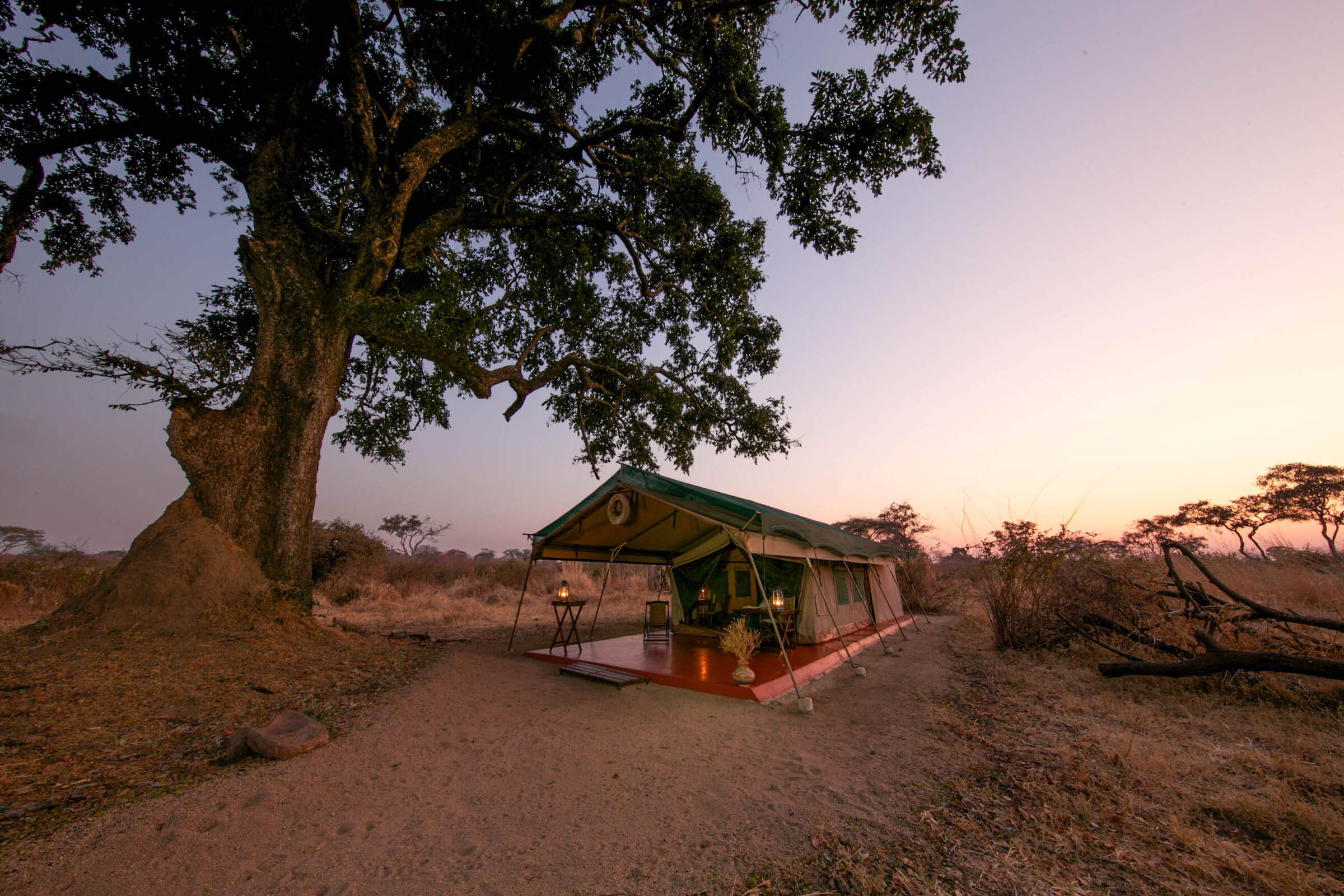
Mdonya Old River Camp
Designed with simplicity in mind, Mdonya River Camp focuses on a great wilderness experience rather than creature comforts.
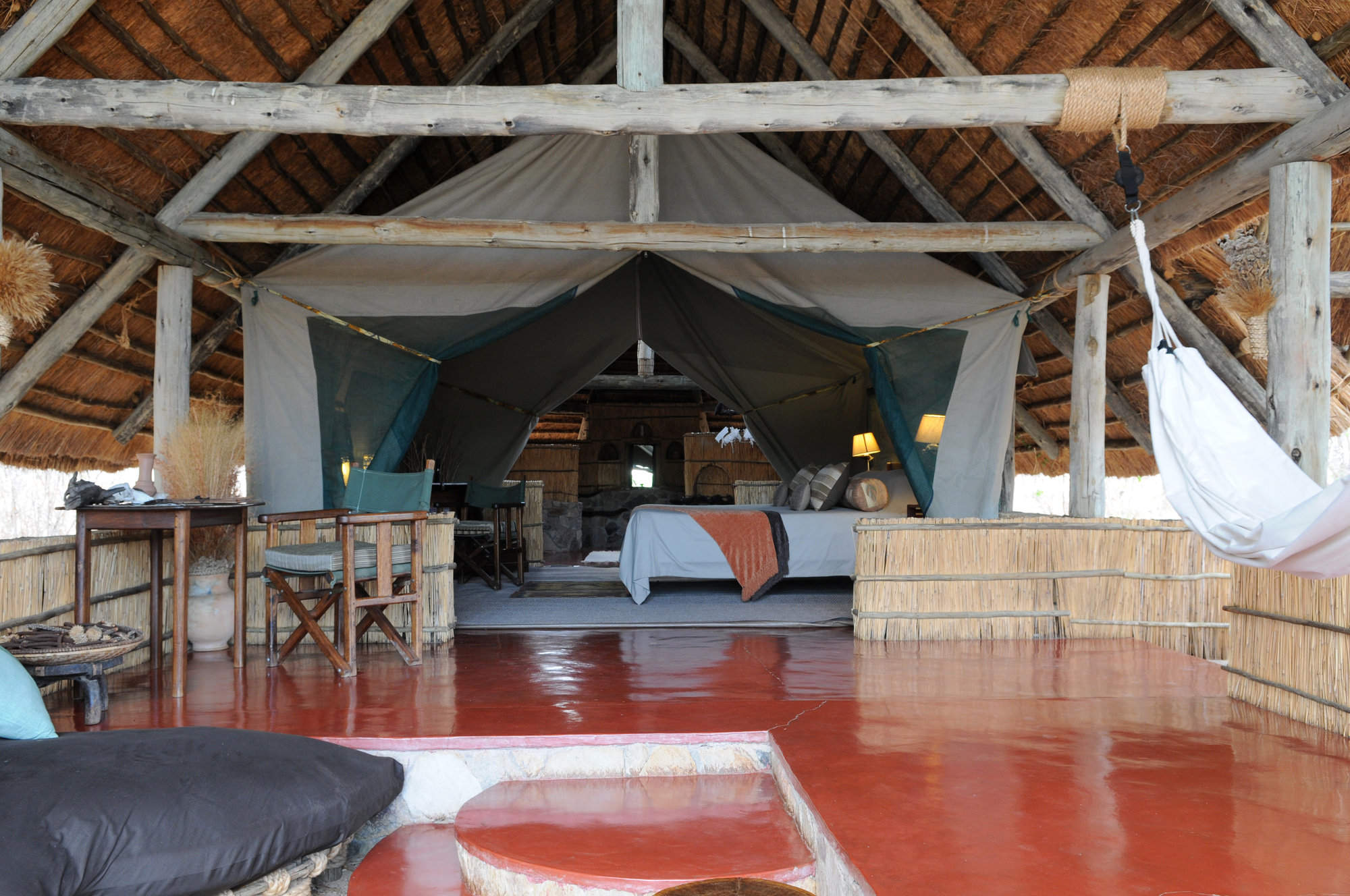
Mwagusi Safari Camp
Mwagusi is a long-established, permanent, tented safari camp, on an attractive bend of the seasonal Mwagusi River.
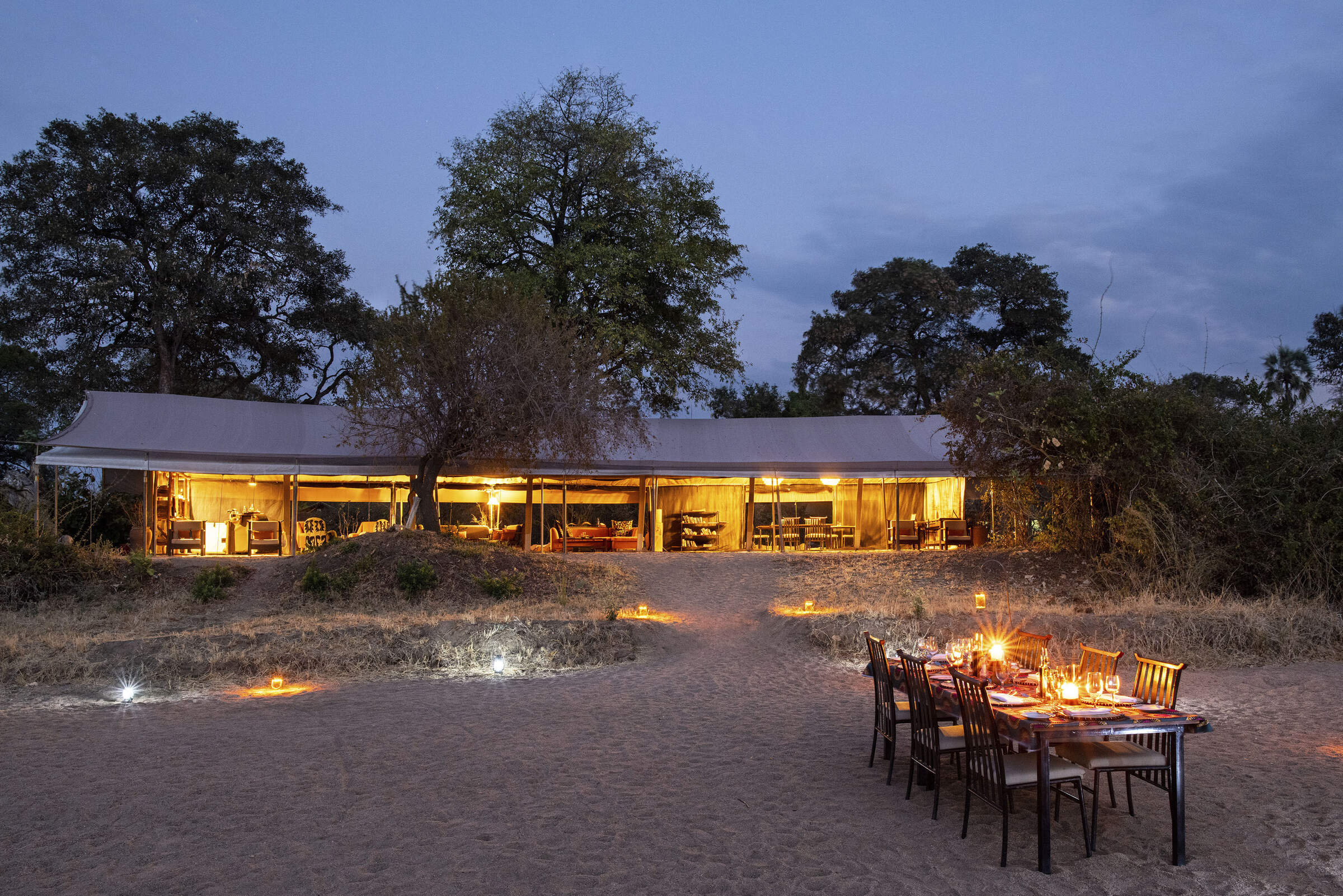
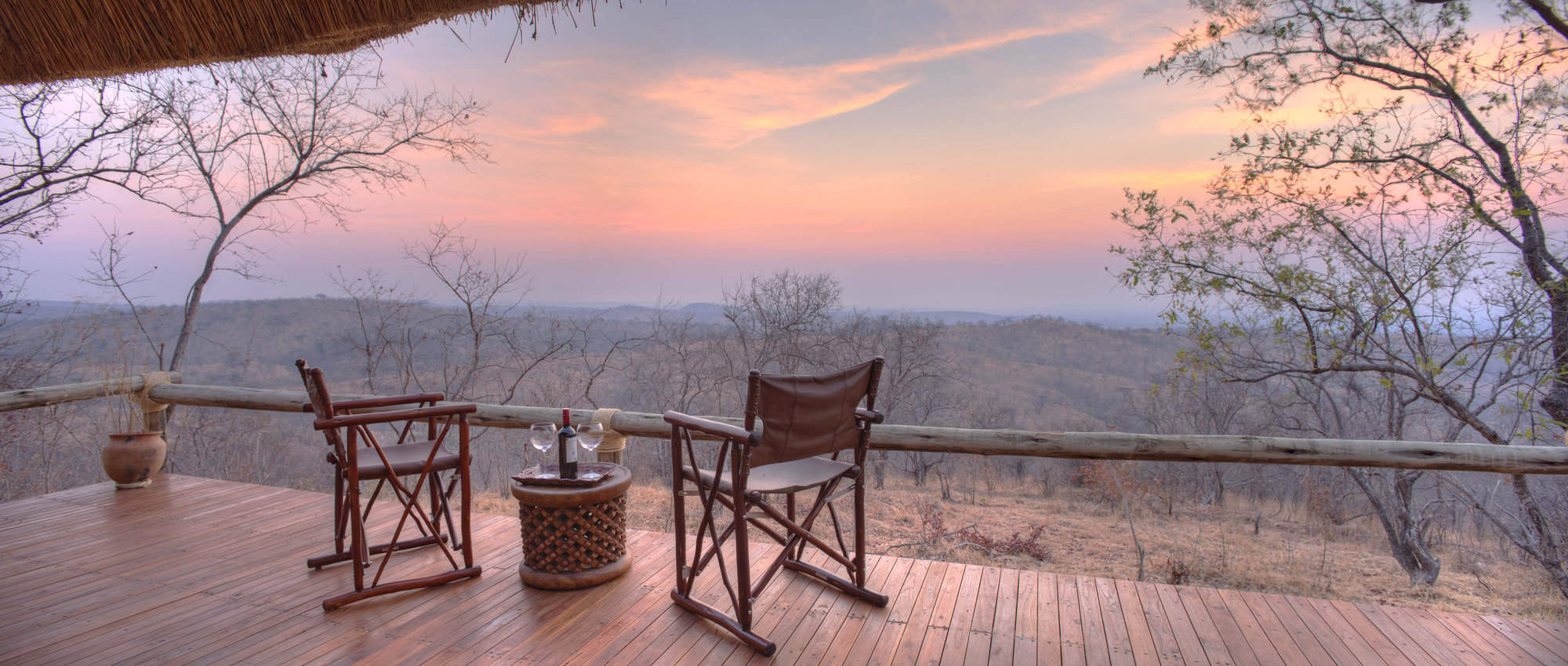
Ikuka Safari Camp
Upmarket and stylish, Ikuka Safari Camp is set high on an escarpment with spectacular panoramic views over Ruaha National Park.
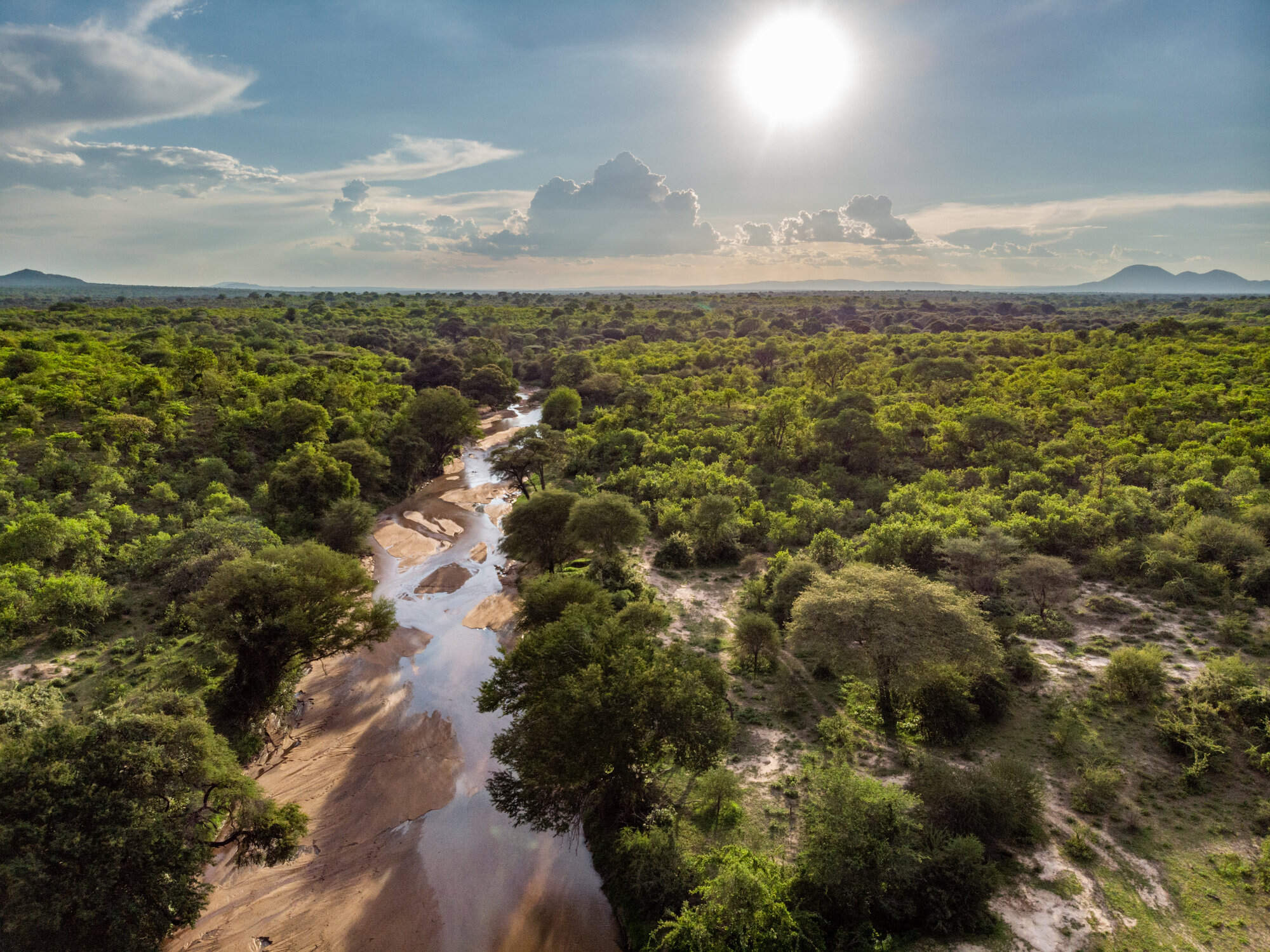
Jongomero Camp
A stylish and luxurious camp in a remote part of Ruaha, Jongomero offers excellent guiding and service in a remote, wilderness area.
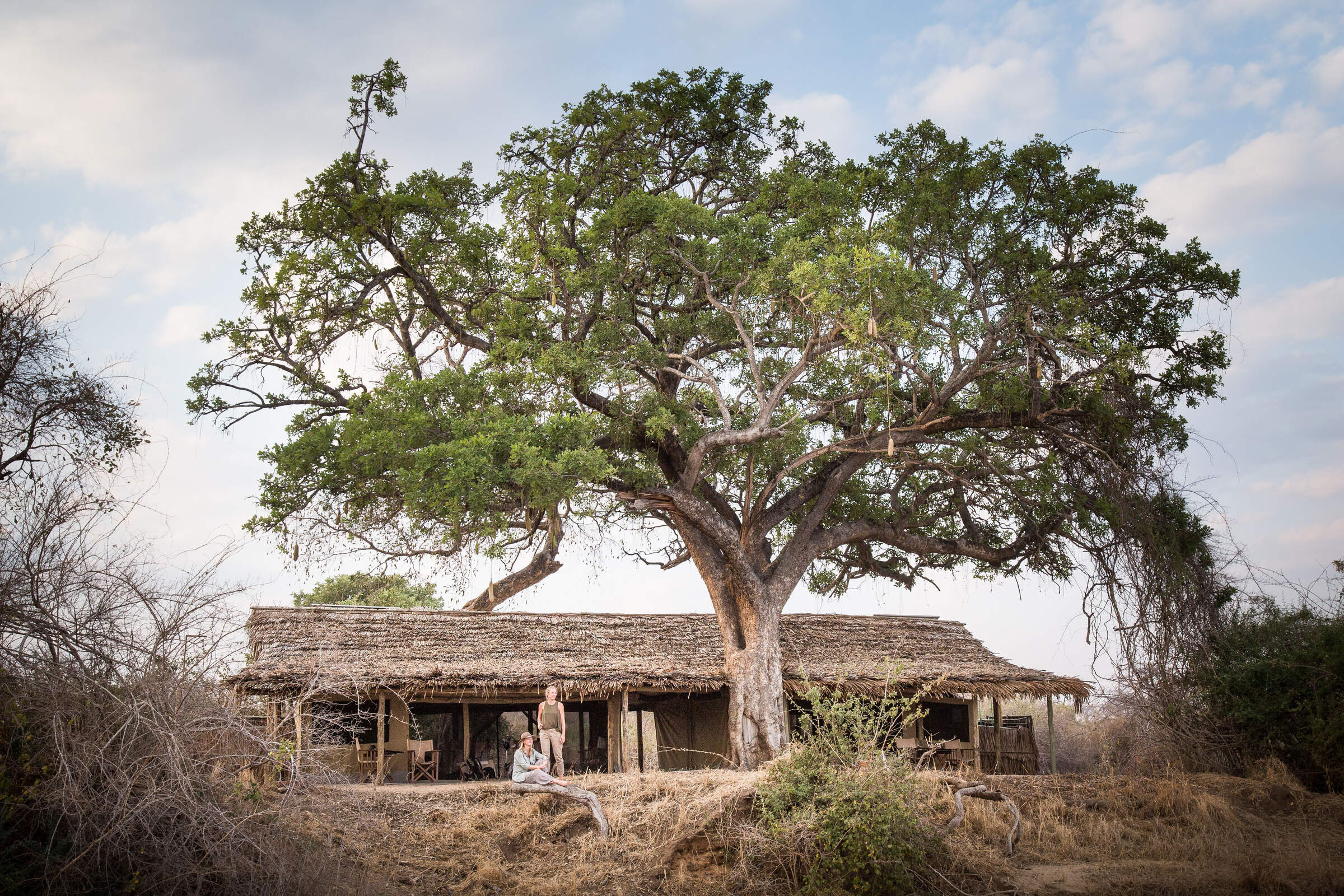
Kigelia Camp
Kigelia is a stylish tented camp, set amid a grove of sausage trees, and combining a simple set-up with comforts and luxury.
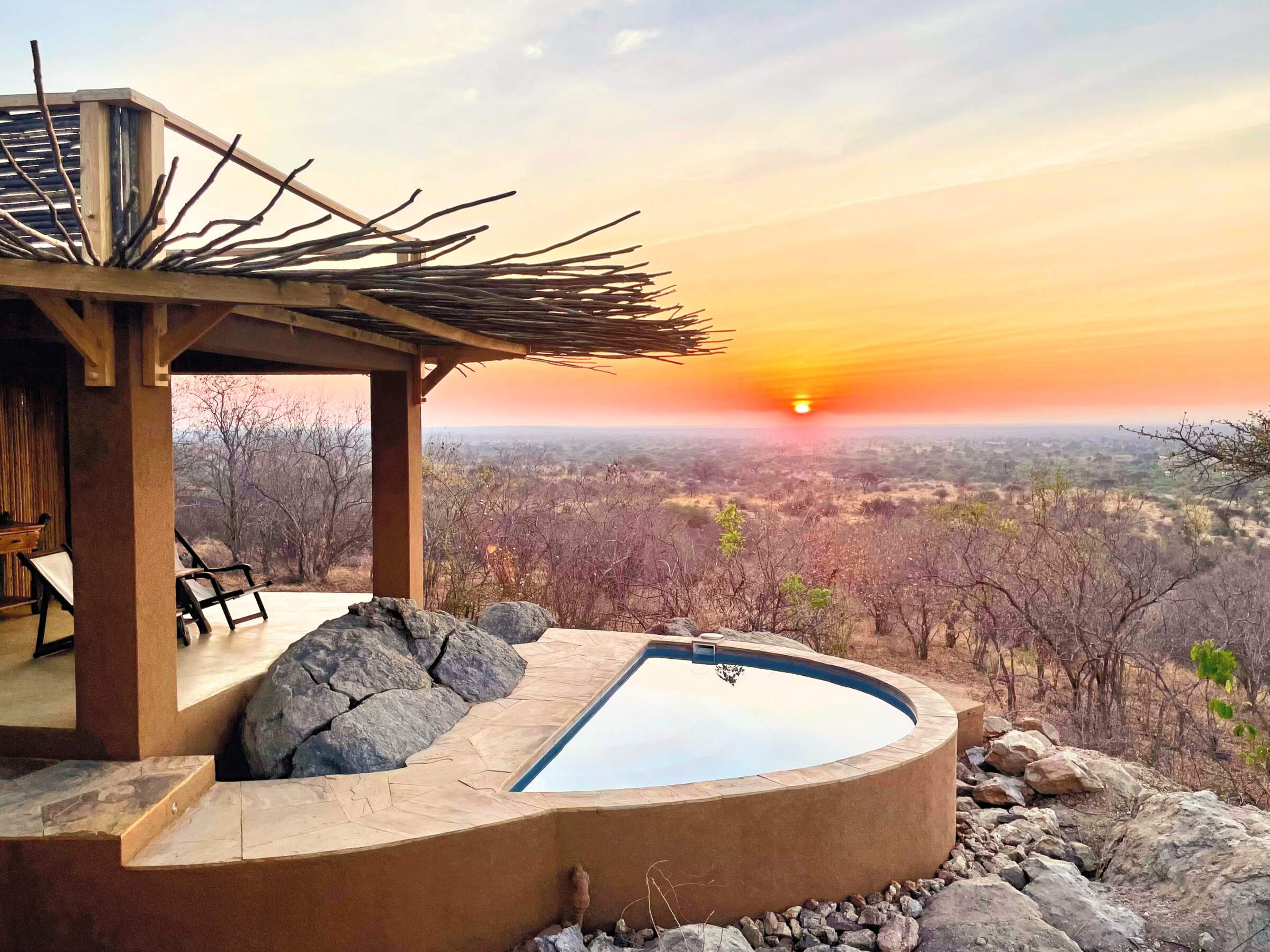
Kichaka Zumbua
Kichaka Zumbua is a small, luxurious camp offering on outstanding walking safaris in a remote area of Ruaha.
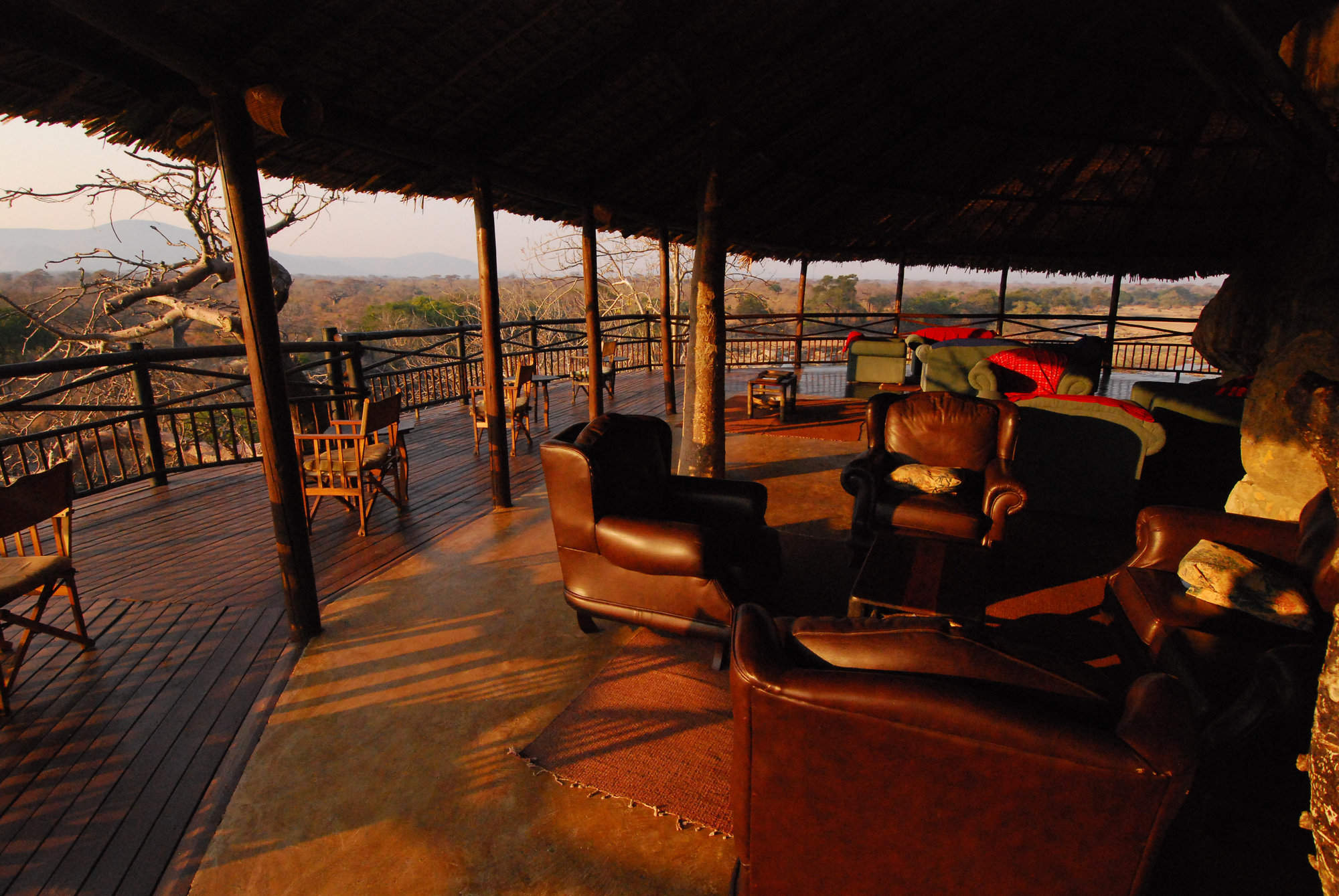
Ruaha River Lodge
In a lovely location beside a rocky river, the unpretentious Ruaha River Lodge is the largest and most economical camp in Ruaha National Park.
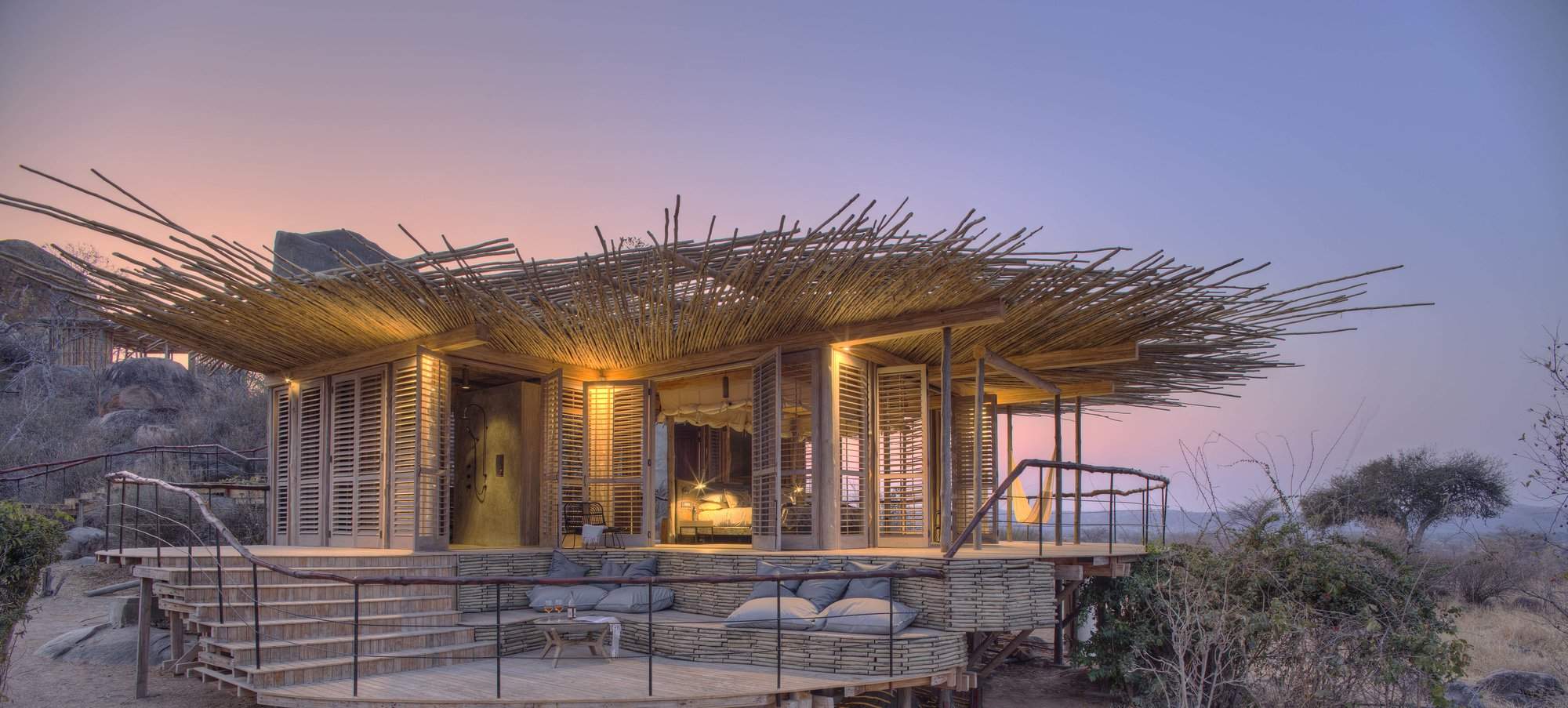
Jabali Ridge
One of Ruaha's most luxurious camps, Jabali Ridge nestles among kopjes and baobabs, with beautiful views of the surrounding area.
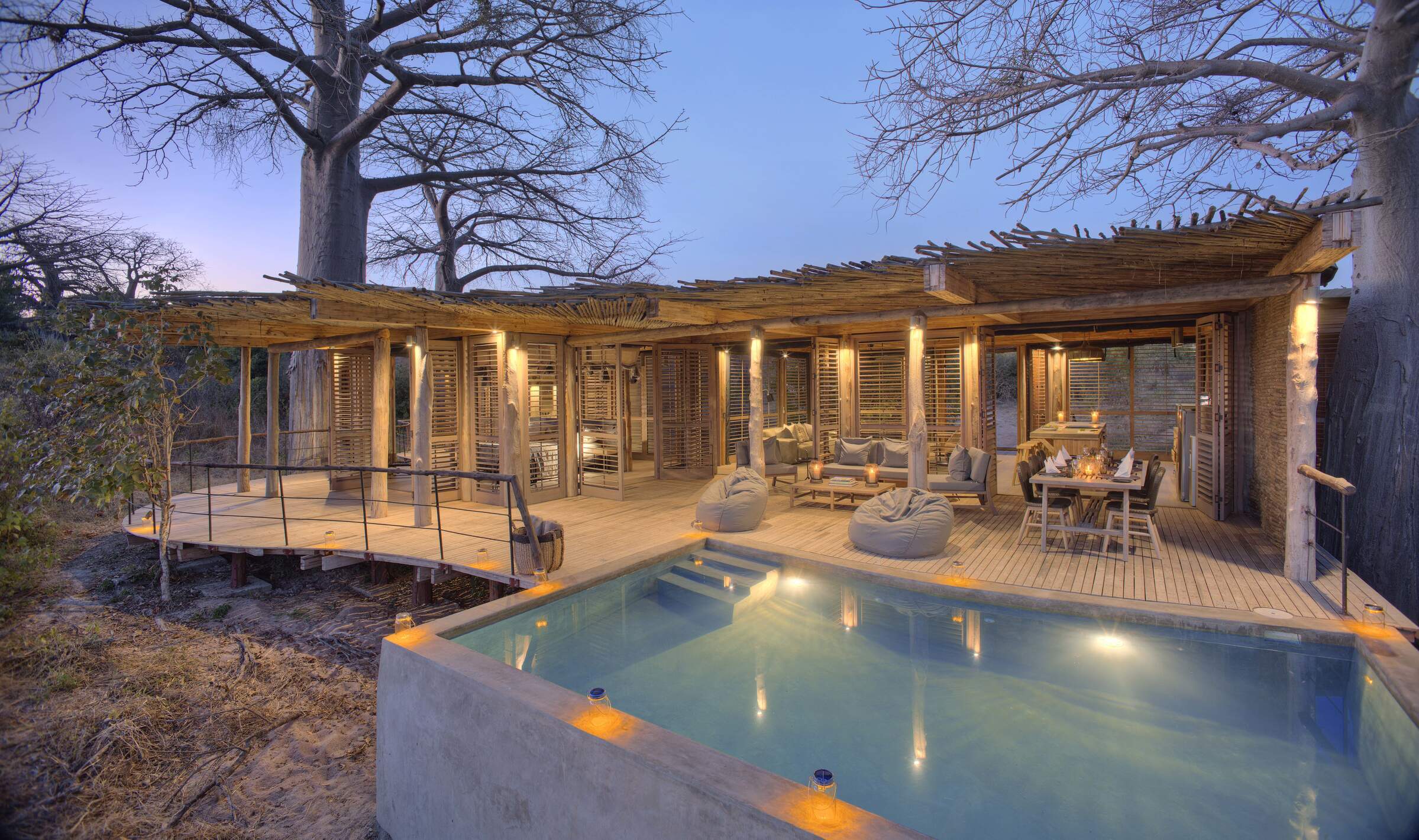
Jabali Private House
Jabali Private House in Ruaha National Park provides luxurious accommodation for private groups booked on an exclusive basis.
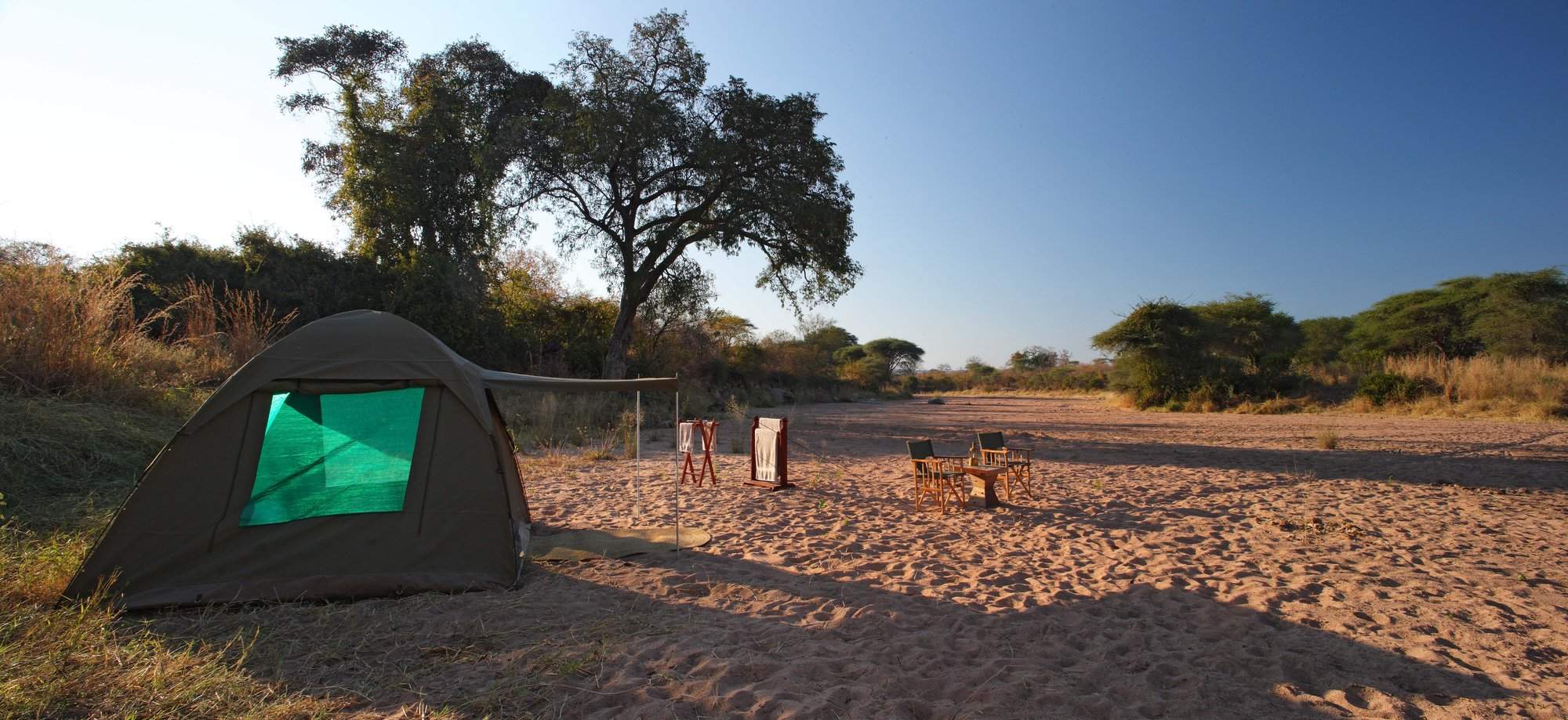
Jongomero Walking
Fly-camping and walking safaris from Jongomero Camp give you the chance to explore remote safari areas in Ruaha National Park.
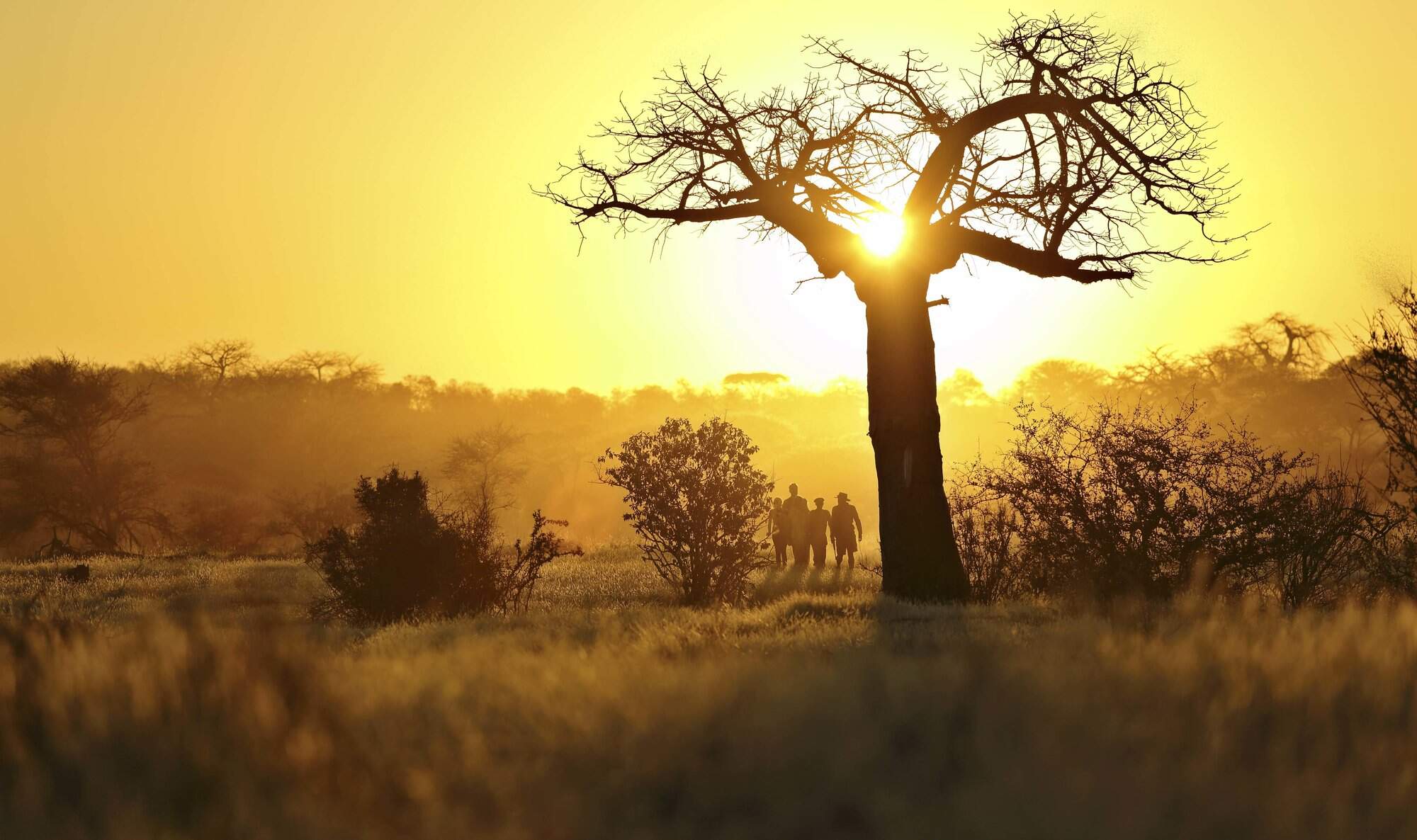
Asanja Ruaha
Asanja Ruaha Ndembo is a smart new safari lodge in a picturesque setting overlooking the Great Ruaha River.
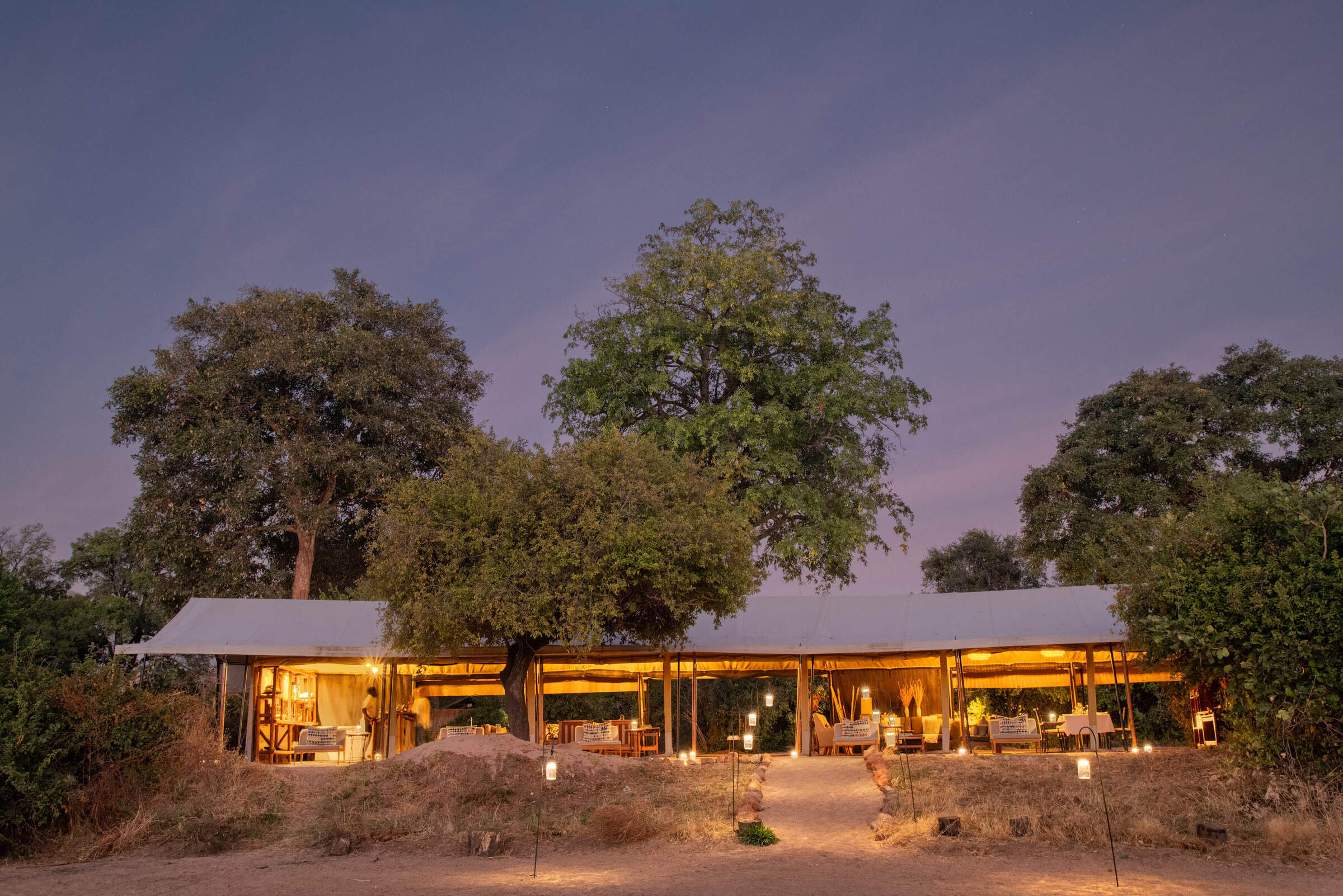
When to go to Ruaha National Park
Our month by month guide: What it's like to visit Usangu Expedition Camp in Ruaha National Park
Jan
Feb
Mar
Apr
May
Jun
Jul
Aug
Sep
Oct
Nov
Dec
Ruaha National Park in January
In January, clear skies and sunshine prevail, with temperatures rising and rain showers not uncommon. This period is excellent for birdwatching, as resident birds enter breeding plumage and migrant species arrive. The Usangu wetlands teem with avian activity. After the end of the festive period, January offers great value and quiet park conditions. However, wildlife may be more dispersed in areas like Mwagusi.
The baobab-dotted landscape provides stunning backdrops for photography. Visitors can enjoy game drives along the river, spotting elephants, buffaloes, and various antelope species. Walking safaris offer intimate encounters with smaller creatures and flora.
- Variable weather: dry, cloudy, or rainy
- Occasional thunderstorms may occur
- Good time for birding, many migrant species
- Wildlife dispersed due to available water
Our view
A good time to visit, with pros & cons
Weather in January
Ruaha National Park in February
February in Ruaha is one of the hottest months, with temperatures reaching around 33°C/91°F. The short dry season continues, making it an excellent time for wildlife viewing around the Great Ruaha River and remaining water sources. There are few tourists in the park at this time, and lodge rates are lower.
This month is particularly rewarding for birdlife as northern hemisphere migrants join resident species in the Usangu wetlands and along the river banks. The Mwagusi area is prime for lion spotting, while the rolling hills and rocky escarpments offer breathtaking vistas. Visitors can enjoy bush picnics and guided walks to explore the diverse flora.
- Hot and dry weather in Ruaha
- Wildlife congregating around water sources
- Excellent game viewing opportunities
- Lush and green landscapes after rains
- Fewer tourists, more intimate safari experience
Our view
A very good time to visit
Weather in February
Ruaha National Park in March
The Great Ruaha River swells, attracting diverse wildlife. This is an excellent time to visit as the vegetation becomes lush and vibrant. Cat sightings may be infrequent, but birdwatching remains exceptional, especially around the Usangu wetlands.
Many camps begin to wind down operations, but those remaining open offer great value. The rains transform the landscape, with baobabs and acacias in full bloom. Walking safaris may be limited, but game drives can reveal unique sightings of animals in their rain-season behaviours.
- Hot with building humidity before rains
- Wildlife viewing variable
- Park is quiet with lower visitor numbers
- Good time for birding in Ruaha
- Green landscapes offer scenic photography
Our view
A good time to visit, with pros & cons
Weather in March
Ruaha National Park in April
April is the wettest month in Ruaha, with an average of 250mm of rain. The park's ecosystem thrives, with the Great Ruaha River and surrounding areas lush and teeming with life. This period is excellent for observing smaller creatures, insects, and birds.
Many of the lodges in the park will close, but a handful remain open, offering significant discounts. Visitor numbers are very low, but this is an ideal time for photographers capturing the park's verdant beauty and for those interested in the park's diverse flora. While big game viewing becomes more challenging due to dense vegetation, patient observers can be rewarded with unique sightings.
- Heavy rains expected, dramatic thunderstorms
- Some camps may close due to accessibility
- Lush vegetation, wildlife more dispersed
- Lowest visitor numbers and rates all year
- Challenging time for game viewing
Our view
This is not a great time to visit
Weather in April
Ruaha National Park in May
As May progresses in Ruaha, temperatures start to drop slightly, and the rains begin to clear. The Great Ruaha River and other water sources remain full, supporting a wide range of wildlife. This transitional period offers a unique blend of lush landscapes and improving game viewing conditions. Herbivores begin to congregate as the land starts to dry.
Visitor numbers and lodge rates remain low, providing excellent value. This is an excellent time to explore the park's diverse habitats, from riverine areas to the baobab-studded savannas.
- Rains continue, creating dramatic skies
- Quiet period with few other tourists
- Lush green landscapes throughout the park
- Wildlife dispersed, fewer sightings
- Lower prices make safaris more affordable
Our view
This is not a great time to visit
Weather in May
Ruaha National Park in June
June marks the end of the rainy season in Ruaha, with wildlife starting to concentrate around perennial water sources like the Great Ruaha River. The landscape begins to dry, but many areas remain green. This is the start of the shoulder season, with camps reopening and offering good value.
Game viewing improves as the month progresses, particularly around the river and remaining water holes. The Mwagusi area becomes excellent for predator sightings. Walking safaris and fly-camping options increase as the terrain dries. The Usangu wetlands continue to offer excellent birdwatching opportunities. Visitors can enjoy spectacular sunsets over the baobab-dotted landscape.
- Variable weather: dry, cloudy, or some rain
- Wildlife starting to gather near water sources
- Park becoming less green, easier viewing
- Good value with shoulder season prices
- Moderate visitor numbers
Our view
A good time to visit, with pros & cons
Weather in June
Ruaha National Park in July
July in Ruaha National Park marks the beginning of the peak season. With no rainfall expected and pleasant daytime temperatures, it's an ideal time for safaris. The Great Ruaha River becomes a lifeline for wildlife, offering excellent game viewing opportunities. As the park dries, animals congregate in fewer areas, making sightings more frequent and spectacular. The Mwagusi area is particularly good for lion sightings. There is also increased chances of seeing cheetah and wild dog.
Walking safaris are at their best, allowing close encounters with the park's flora and smaller fauna. The rolling hills and rocky escarpments provide stunning backdrops for photography. Birdwatching remains excellent, especially around the remaining water sources. Night drives offer chances to see nocturnal species. Seasonal balloon safaris become available.
- Dry and warm days, cool mornings/evenings
- Excellent wildlife viewing as water diminishes
- Popular time with higher visitor numbers
- Peak season prices due to prime conditions
- Seasonal balloon safaris commence
Our view
Fantastic: the very best time to visit
Weather in July
Ruaha National Park in August
August is the heart of the dry season in Ruaha, characterised by clear skies and sunny weather. Nighttime temperatures can be cool, so layered clothing is recommended for early morning game drives. The Great Ruaha River and other permanent water sources attract large concentrations of wildlife, offering excellent viewing opportunities. The Mwagusi and Usangu areas are particularly rewarding for game viewing, and this is traditionally a good time of year for cat sightings.
The iconic baobab trees stand out starkly against the dry landscape. Walking safaris and bush picnics are at their best.
- Dry weather, cool mornings and evenings
- Superb wildlife viewing around water sources
- Busy season with many visitors in Ruaha
- Book early as camps fill up quickly
- Great time for predator sightings
Our view
Fantastic: the very best time to visit
Weather in August
Ruaha National Park in September
September is an excellent month to visit Ruaha. As the dry season peaks, wildlife becomes increasingly concentrated around remaining water sources, particularly the Great Ruaha River. This leads to high densities of animals and frequent predator sightings, especially in the Mwagusi area. The landscape is starkly beautiful, with baobabs and dry savanna dominating.
This is an ideal time for walking safaris and night drives. Birdwatching remains rewarding, especially around the shrinking water bodies. The Usangu wetlands, though diminished, still attract diverse birdlife.
- Fantastic wildlife viewing opportunities
- Parks slightly less busy than peak months
- Very dry conditions, sparse vegetation
- Cool mornings, warm days in Ruaha
- High season prices still in effect
Our view
Fantastic: the very best time to visit
Weather in September
Ruaha National Park in October
October in Ruaha marks the end of the dry season, offering some of the best wildlife viewing opportunities. The Great Ruaha River and remaining water holes attract large concentrations of animals, making for spectacular game drives. Elephant sightings are particularly frequent during this time.
The landscape is at its driest, creating a striking backdrop for photography, though it can be dusty. Predator sightings, especially of lions and leopards, are common in areas like Mwagusi. Walking safaris provide intimate wildlife encounters. Birdwatching remains excellent as migratory species begin to arrive. There's a chance of early rains towards the end of the month, bringing relief to the parched landscape. Balloon safaris operate until the end of October.
- Mostly dry with comfortable temperatures
- Excellent game viewing, especially around rivers
- Landscape can appear barren and dusty
- Lower visitor numbers than earlier months
- Chance of dramatic storms towards month-end
Our view
A very good time to visit
Weather in October
Ruaha National Park in November
November usually sees the start of the rains in Ruaha, though the timing varies yearly. Game viewing is very dependent on the rains. The landscape begins to transform, with new growth appearing. This is an excellent time for birdwatching as migratory species arrive in the Usangu wetlands and other areas. Most camps remain open, offering shoulder season rates and good value.
Early November can be particularly rewarding, combining late dry season wildlife concentrations with the first rains. The large buffalo herds tend to move up onto the escarpment. Walking safaris may be possible depending on conditions. The baobab trees start to leaf, creating a beautiful contrast with the dry landscape.
- Variable weather: dry, cloudy, or rainy
- Park relatively quiet, lower-end prices
- Good wildlife sightings before rains disperse
- Some camps may close for maintenance
- Unpredictable conditions
Our view
A good time to visit, with pros & cons
Weather in November
Ruaha National Park in December
December is a quiet time to visit the park. Game viewing is good, with animals still relatively concentrated. The landscape is a mix of dry areas and new growth, creating diverse habitats. Birdwatching is excellent, with both resident and migratory species present in abundance, especially in the Usangu wetlands. The festive period can be busy, so early booking is essential.
Outside the holiday season, December offers great value with shoulder season rates. Temperatures are pleasant, averaging around 27°C/81°F, with occasional thunderstorms adding drama to the landscape. Walking safaris (weather permitting) and night drives provide varied wildlife experiences.
- Variable weather with possible thunderstorms
- Good game viewing in Ruaha's core areas
- Very quiet early, becoming busier later
- Prices low early, rising significantly later
- Green vegetation starting to return
Our view
A good time to visit, with pros & cons
Weather in December

Looking for inspiration on where to travel next?
Visit our trip chooser to explore your options and find inspiration for your perfect African adventure
Inspire me